|
These walls are a system of defensive walls first built during the Arab rule and completed in the Venetian times. The uniqueness of these walls lies in their size. Their length is 4,5 km and they surround the old city of Heraklion.
In most of their sections the walls extend to more than 10 m in thickness and 15 m in height. Many parts of the walls are so big that on top of them there is a football field and many places of cultural activities. One can walk across and atop the walls, where (atop the Martinengo Bastion) you will find the tomb of the famous writer, Nikos Kazantzakis. There are four main gateways (St George’s Gate which is used for cultural activities and exhibitions, New Gate, Bethleem Gate where performances and music events are held and the reconstructed Chanioporta (Chania Gate). The walls are so impressive in volume that they can only be compared to the Sinic Walls of China and form one of the best examples of medieval wall architecture in the Mediterranean world. These walls were being built for 100 years and were accompanied with the construction of Big Castle fortress for the protection of the harbour, when Heraklion was a colony of Venice. They lasted the longest city siege in world history, from 1648 to 1669, a total of 21 years, against Ottomans. Heraklion offers many places to visit. If you are interested in the history of the island and, particularly the ancient times, the first place to visit is the Archaeological Museum of Heraklion.
Located in the centre of the city, it is one of the five most important archaeological museums in the world. A highlight of this museum is the exhibits of the Minoan era. The museum contains the most complete collection of artefacts of the Minoan civilization (including the famous Phaestos Disk, the Snake Goddess figurine and the bull-frescoes) and this is why it is considered as the Museum of Minoan culture par excellence worldwide. Other periods of the Cretan ancient history are also represented in this museum apart from the prehistoric era. There are more than 15.000 findings from a period extending to almost 5000 years. Thus, the visitor will see exceptional artistry, engraved seals, pottery, figurines, jewellery, weapons, sacred axes, and the famous frescoes. During the WWII the collection of the Museum survived without damages. It has been recently renovated and offers a modern experience to the visitors with the use of digital means such as video projections and interactive touch screens. |
Archives
April 2023
Categories
All
|
Location
|
AWARDs
|
|
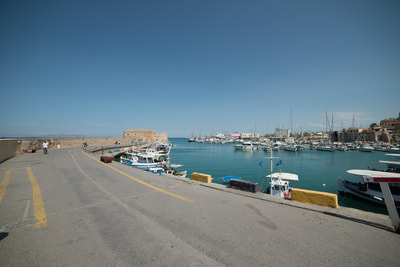
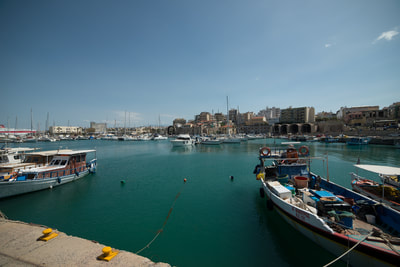
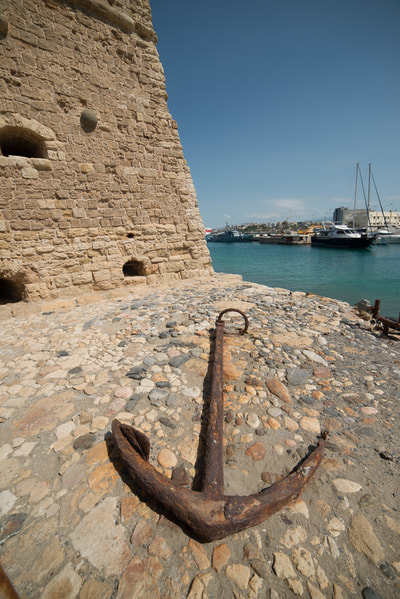
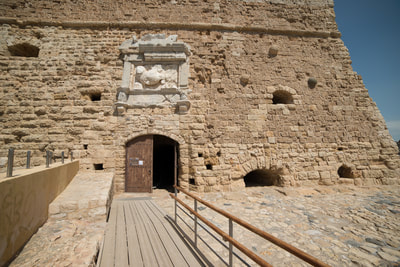
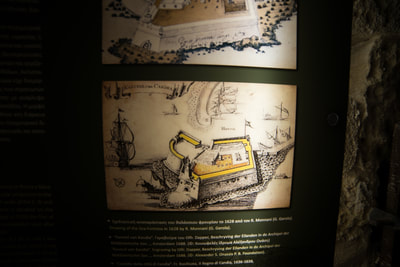
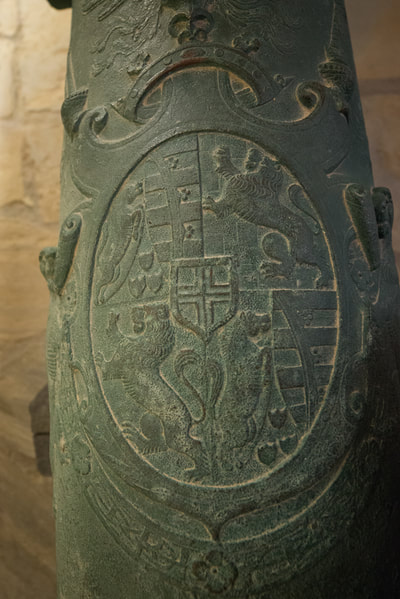
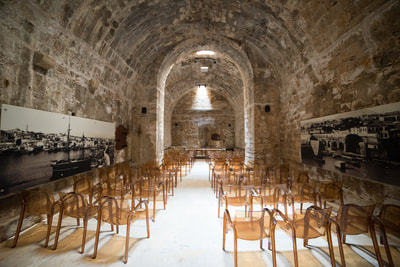
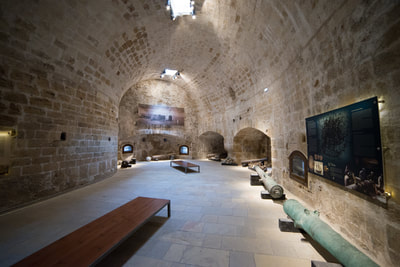
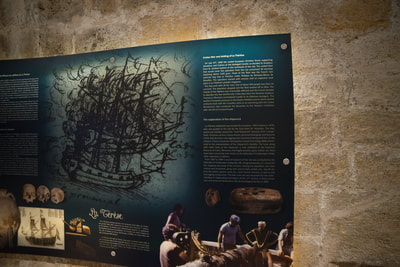
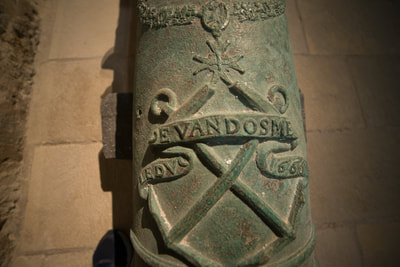
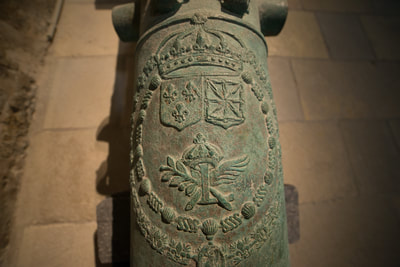
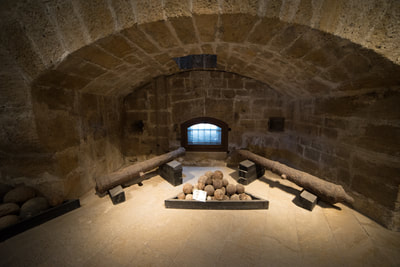
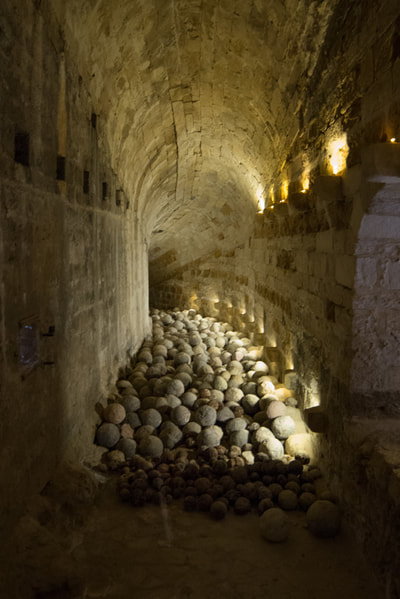
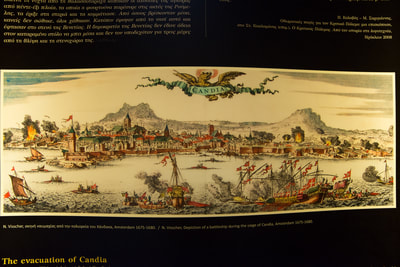
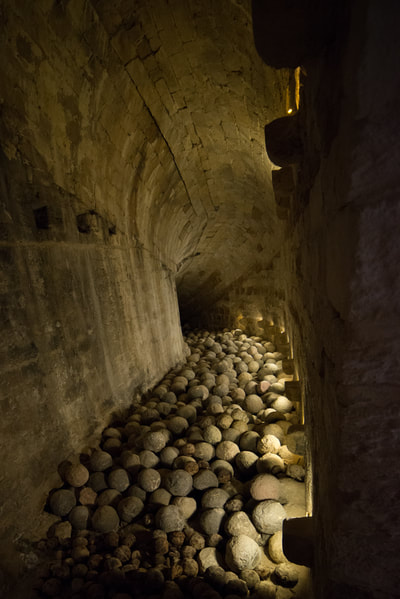
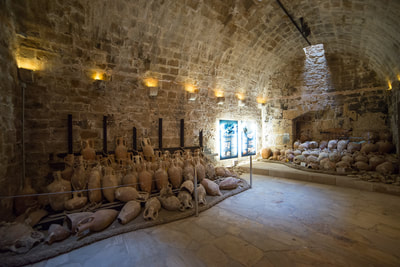
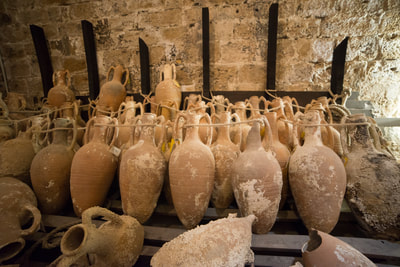
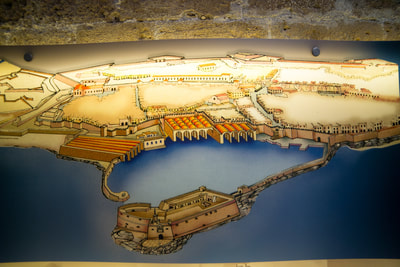
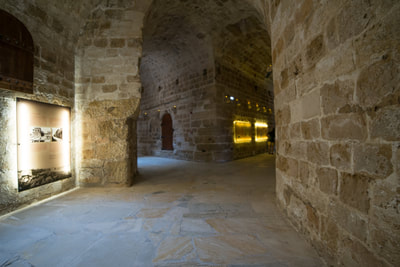
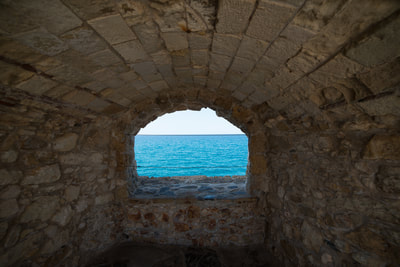
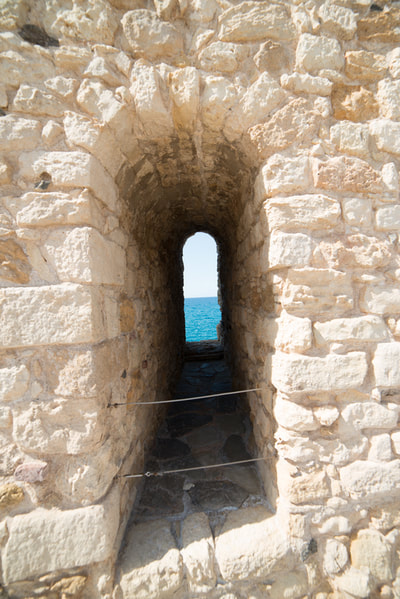
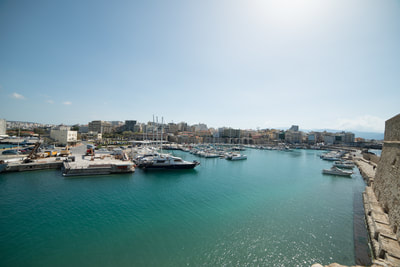
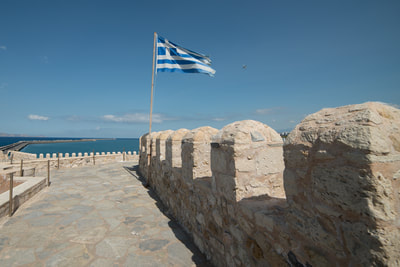
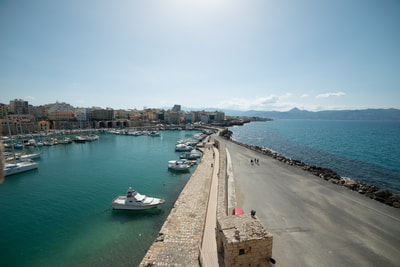
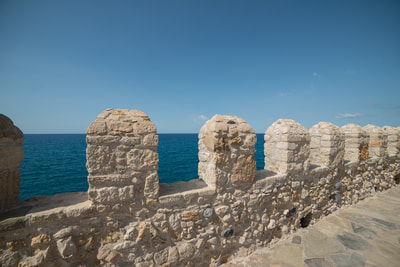
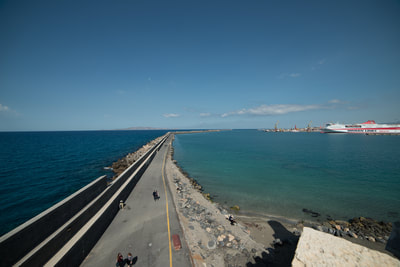
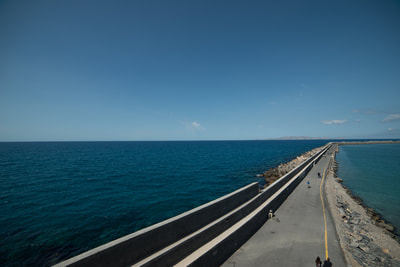
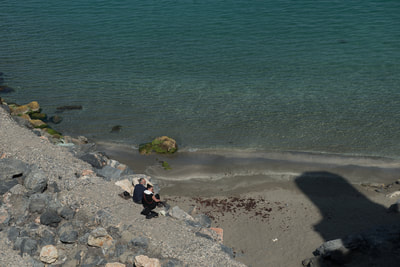
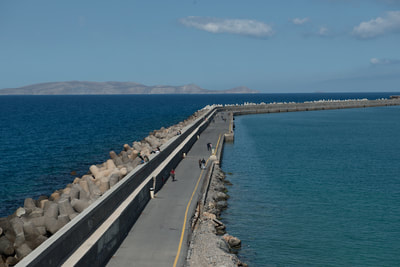
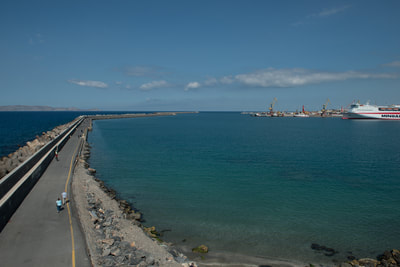
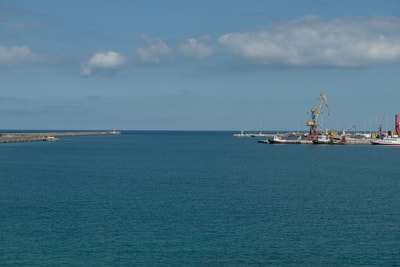
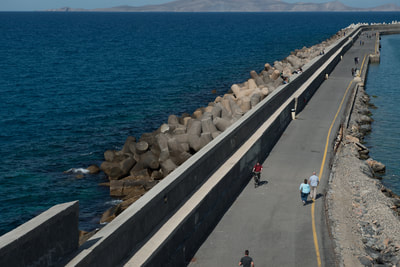
 RSS Feed
RSS Feed

